Moon Studios’ unveiling of No Rest for the Wicked back in December 2023 had me excited. The blend of an ARPG and a Soulslike combat structure, with the beautiful art-style direction of Ori and the Blind Forest developers, sounded exceptional. The game has a plethora of issues, but for the most part, it balances these elements well.
No Rest for the Wicked manages to deliver a satisfying isometric Dark Souls combat system steeped in ARPG elements like the modern Diablo games. That said, some design choices combined with the hurdles of Early Access development have presented a few quirks. Let’s analyze each aspect of the game and see whether these quirks ruin the overall experience or if No Rest for the Wicked has potential.
Combat and Gear System
The first aspect players are going to be looking at when it comes to a Soulslike ARPG game is combat and exploration. I’m happy to report that while it has issues we’ll delve into below, fighting enemies and exploring feels satisfying in most cases if you’re not grinding and over-leveling yourself. No Rest for the Wicked combat is based on Stamina with blocking, dodging, and attacking depleting it. While this is familiar to any From Software fan, the added element of the isometric perspective makes it drastically different for veterans of the series. If you’ve played Immortal Planet or Exanima, you’ll know what I mean.
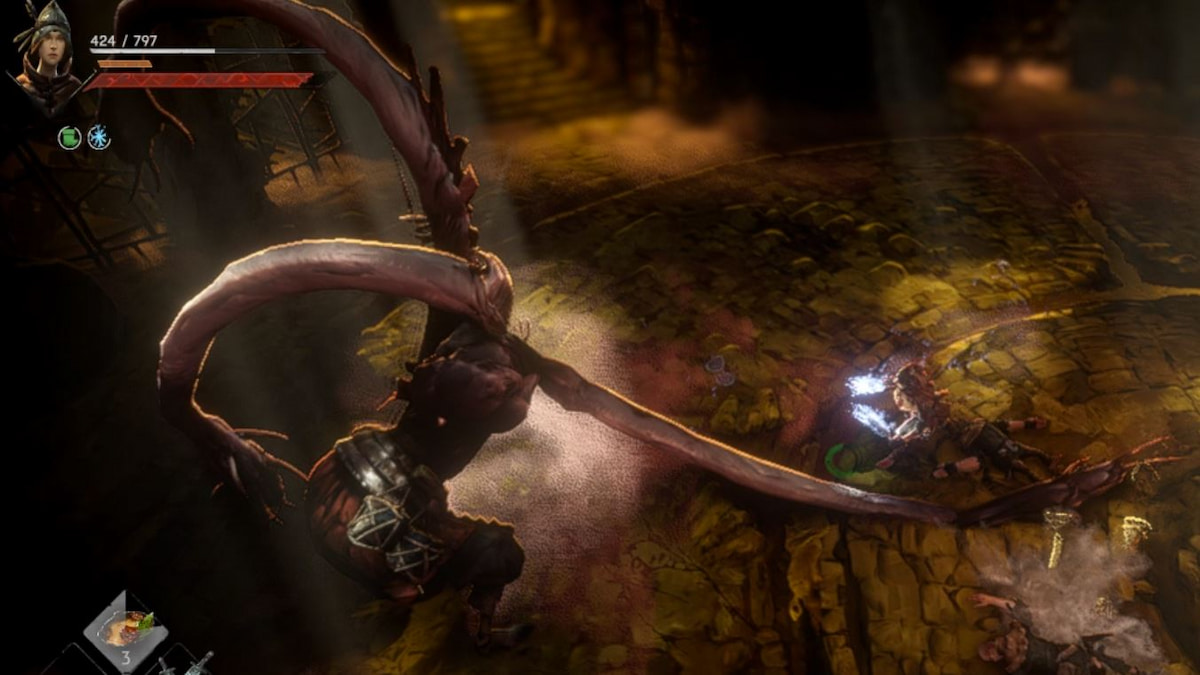
Having a sort of bird’s eye view of the enemies and bosses allows you to better dodge and reposition yourself. Circling enemies and avoiding attacks becomes easier and more fluid as you get a full scope of the telegraphed attack area from above. Furthermore, everything is more tactical as you’re not fighting hordes of enemies but one to three main ones in segmented duel scenarios. You’re looking to memorize attack patterns to deal damage and minimize the damage you take.
Bosses also have unique, memorable designs and move sets. That said, they can become bullet-spongy at times with repetitive attack patterns. The former is sometimes an issue if you’re under-leveled for a fight, but the latter is definitely an objective case for some bosses. This brings me to my point that if you’re struggling, you can grind through the nearby area for better gear and levels and face the boss again. You can also tackle a fight with new weapons to make it feel different.
No Rest for the Wicked combines these weapon movesets with special Runic attacks and ARPG gear stats to differentiate each weapon, gear piece, and battle scenario. The Souls experience is, therefore, altered by the various Diablo-esque statistics each gear piece has when you find it from enemies or chests. This is especially true when you include different percentage modifiers through gear tiers (common, rare, cursed, legendary), gems that add bonus effects, and special rune attacks you can infuse into weapons.
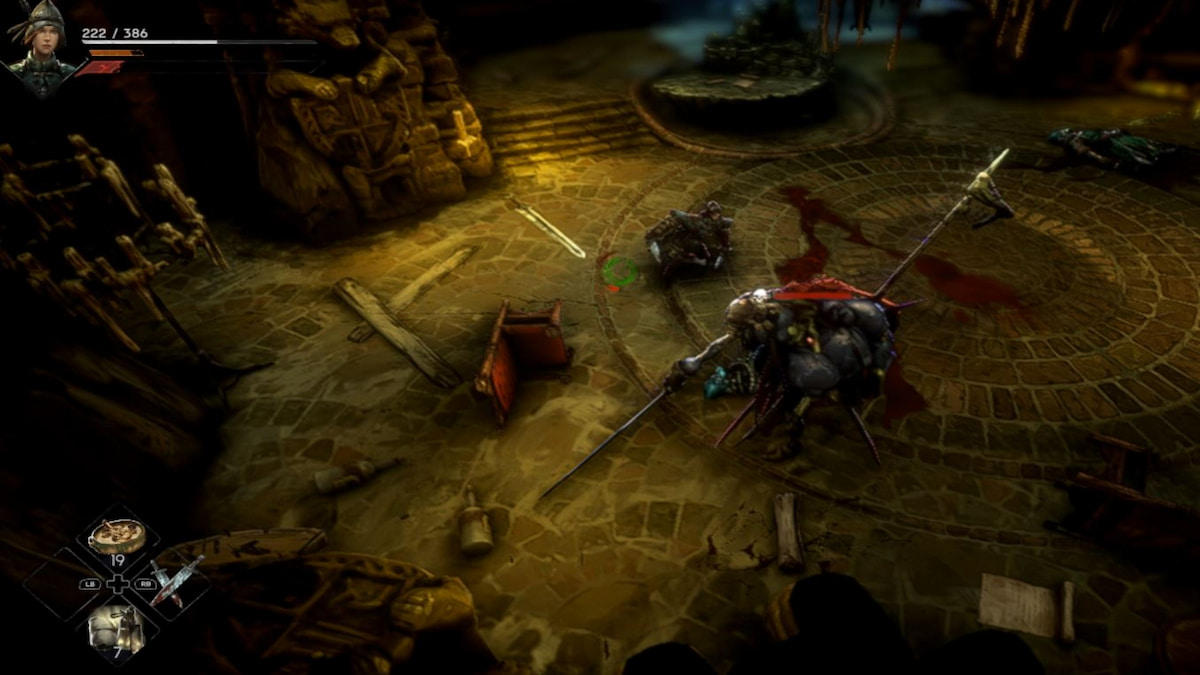
You’re not just finding unique gear but variations of the same weapon, armor, or trinket with better/worse damage and weight, % increases or decreases to various aspects of your character, and flat bonuses to mechanics like parry damage or getting health back on hit. You can even modify gear yourself in the hub area through the Enchanter, though this still has that random element of which bonus stats you’re going to get.
That said, we definitely need more tooltips and descriptions for what rune abilities and other items do exactly without purchasing or equipping them first. Moreover, some of the stat combinations on gear pieces feel a bit bland and irrelevant, especially with early pieces, so making these more active and useful is a surefire way to improve the RPG aspect of loot.
Exploration and Level Design
As for exploring, there’s a variation on the Souls experience where checkpoints don’t restore HP but don’t respawn enemies either. There’s also no major penalty for death other than gear degradation, which eventually breaks the gear piece but is often circumvented by NPC or consumable repairs. I personally prefer this system as you can clear out an area until you beat the boss without many battle scenario repetitions. That said, once you leave the area, you’ll find different enemy spawn combinations and different loot in chests, creating a more repayable experience.
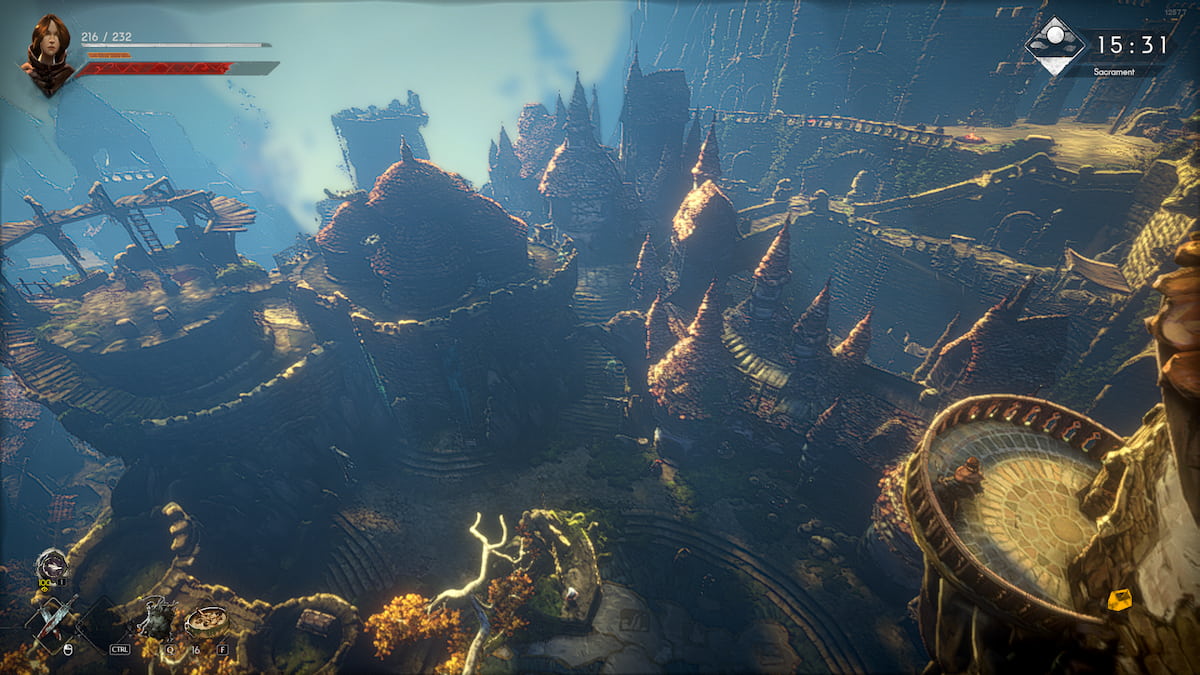
One huge element I like about No Rest for the Wicked is the level design. Like in Demon Souls and Dark Souls, the map is beautifully interconnected with unlockable shortcuts. You’ll often have those moments like, “Aha, this leads back to there!” Movement feels great as you’re sprinting, dashing around enemies, and parkouring across the level, even though you can sometimes accidentally fall and die in frustration. Most people, including me, won’t like swimming, though, as you’ll instantly die once stamina runs out, even if you’re in shallow water. Even more frustrating is the fact that controls aren’t rebindable yet, which can be a big hurdle for some people who won’t play the game until this gets fixed through Early Access.
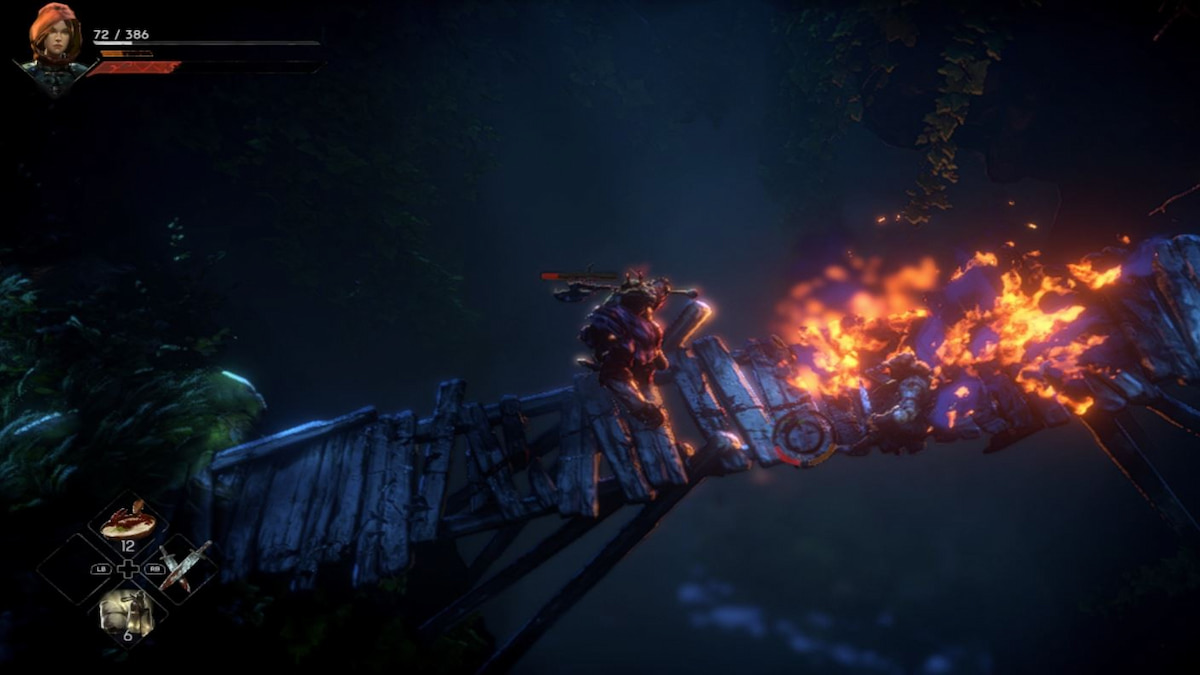
While the level design is superb, the tool system for harvesting materials and looting feels awkward at times. The game wants you to scavenge and harvest a lot of ingredients for gear upgrades, crafting, rebuilding the city, customizing your home, etc. but limits your inventory drastically. You’ll often be running out of ingredient inventory space and healing materials as well. Yes, you have the ability to upgrade inventory, but this is an uncommon occurrence and inventory sizes are separate for each item category. It would be much better if ingredient spaces were unlimited or if inventory upgrades improved more categories.
Art Direction, Performance, Story, and Quirks
Lastly, the art style for the game is very specific to Moon Studios, and I mean this in a positive manner. From character design and landscapes in cutscenes to gameplay, you can see that a lot of work went into both the visual design process and the animation. The graphics are stunning, and visually, the game is quite immersive. That said, the technical part of this is lacking in Early Access because the game isn’t optimized yet. Despite the graphics looking good, there are some performance issues that prevent the game from running on stable 60 FPS all the time, even on higher-end machines.
In addition to the graphics, the voice acting and music design is impeccable. I honestly expected nothing less from the creators of Ori. As for sound design, slashing down enemies, getting hit, dodging and counterattacking, and parrying all feels and sounds incredible. The story seems to revolve around a mysterious group of legendary warriors called the Cerim, whom the player is a part of, fighting against the Pestilence which is corrupting and mutating mankind. So far, the narrative seems immersive and interesting, as there are various factions with their own goals in play. That said, I couldn’t say more since it’s largely incomplete due to Early Access.
When everything is working, No Rest for the Wicked feels satisfying to play. The problem is when things start glitching. Moon Studios pointed out most of these glitches, but you’ll sometimes fall through the earth or slide from a platform. Furthermore, parrying doesn’t have invincibility frames, so you’ll often get hit by another enemy, even though you parried the main one. All of these issues will slowly be fixed, though. After all, glitches and bugs are the domain of Early Access, and they shouldn’t take away from the grander potential a game has.
No Rest for the Wicked Early Access Review: The Bottom Line
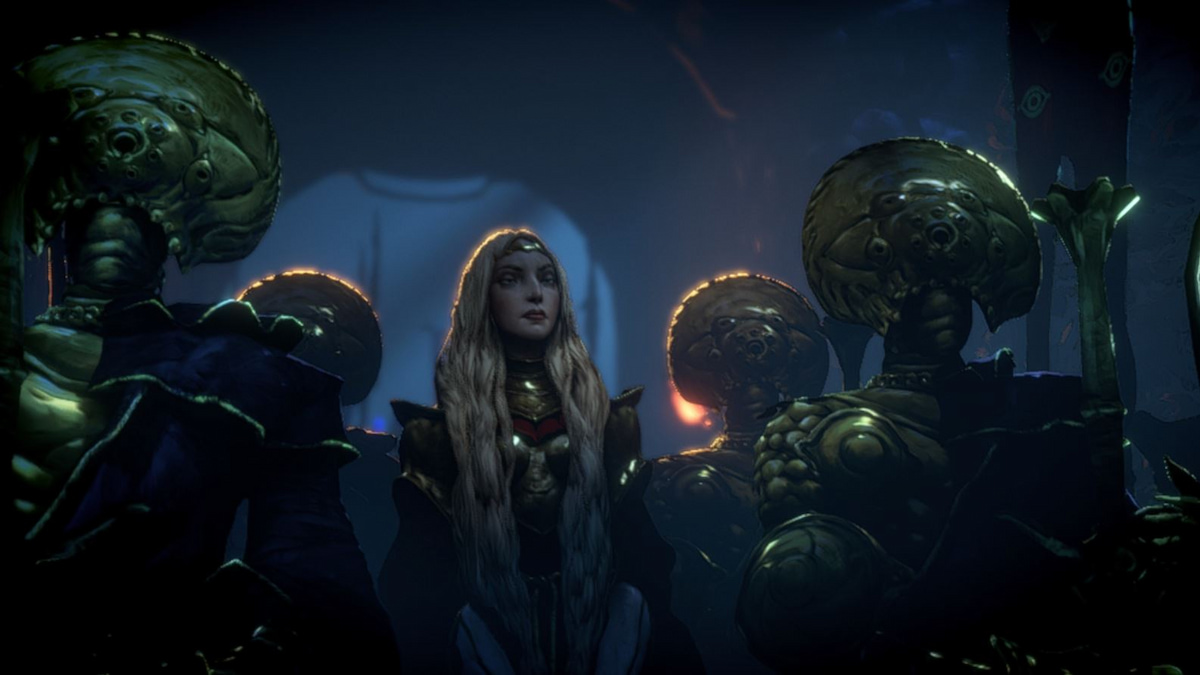
Pros:
- A mostly satisfying combat system that rewards skilled gameplay and works best when not over-leveling.
- Exceptional level design where areas often interconnect with one another.
- Varied level designs and enemy variety.
- Beautiful art style, graphics, and animation.
- Great voice acting, music, and sound design during both cutscenes and gameplay.
Cons:
- The ARPG-inspired gear statistics can be bland, offering irrelevant passive % modifiers.
- Issues with performance, glitchy terrain, and non-rebindable keys.
- The mid to late-game content requires a lot of tedious grinding, which the game isn’t designed to support in a fun way.
Overall, No Rest for the Wicked has a long way to go toward 1.0, where it will genuinely be a great game. The combat system has a lot of potential with the right design direction and tweaking of the RPG elements to be more active and less superfluous. The art style and level design are the strongest aspects of the game, and with some performance tweaks and Early Access quality-of-life fixes, the game will shine. If you’re a fan of Souslike combat steeped in ARPG elements with some city management, No Rest for the Wicked might be for you.

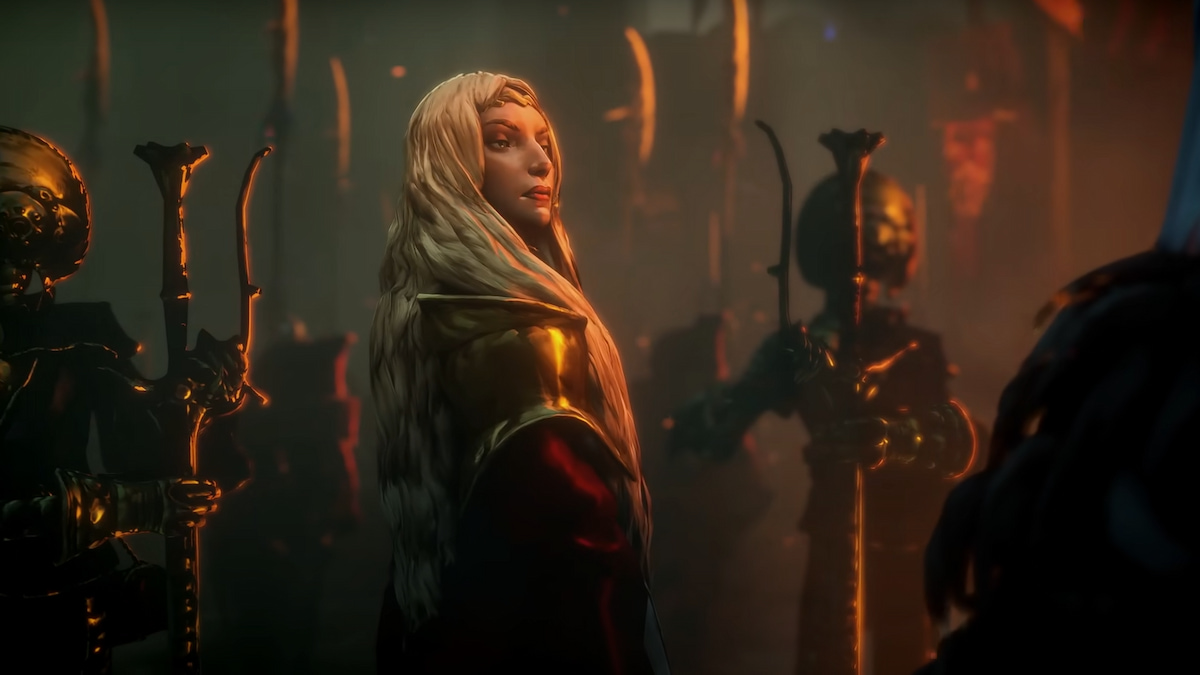








Published: Apr 22, 2024 02:43 pm